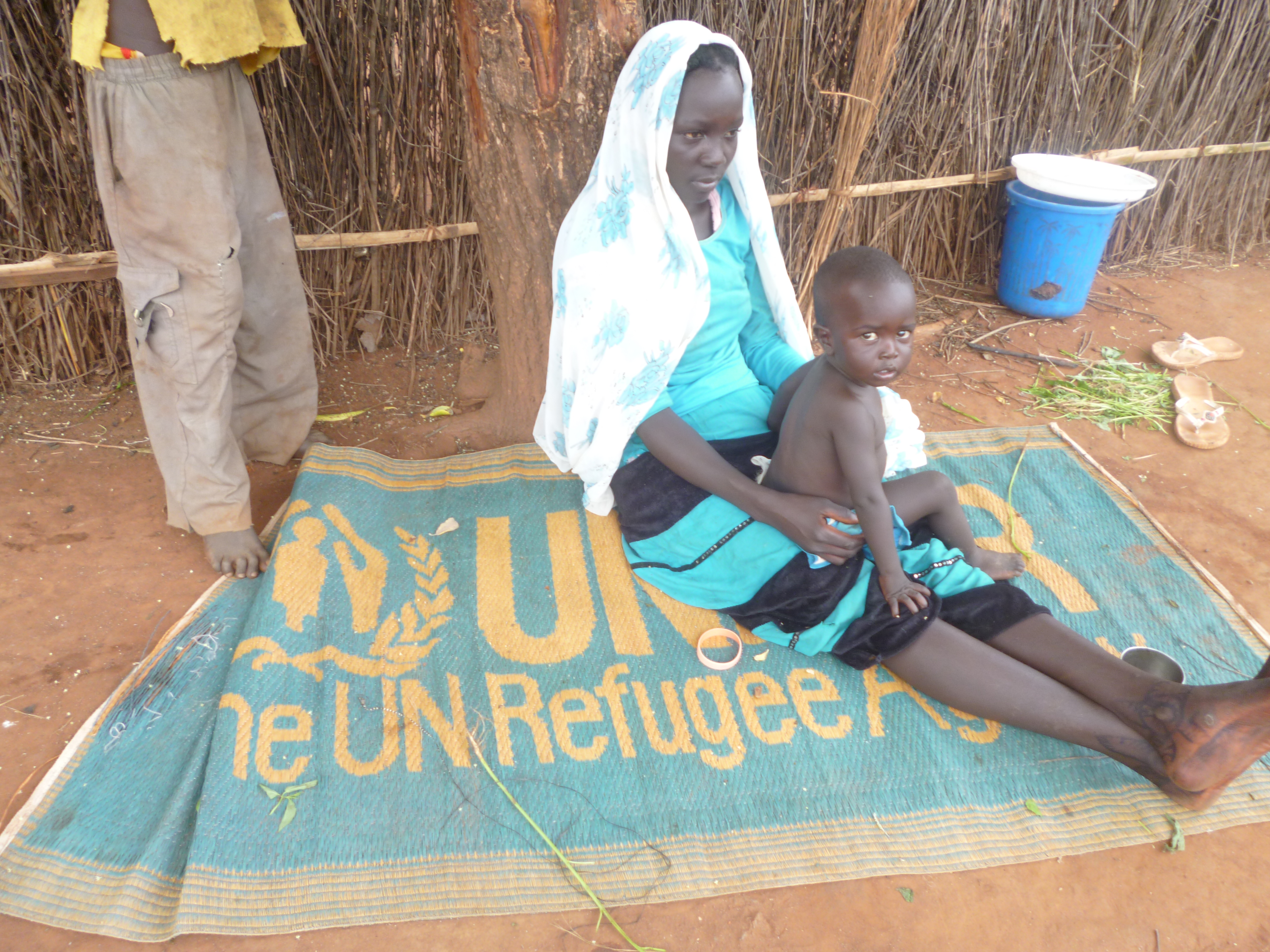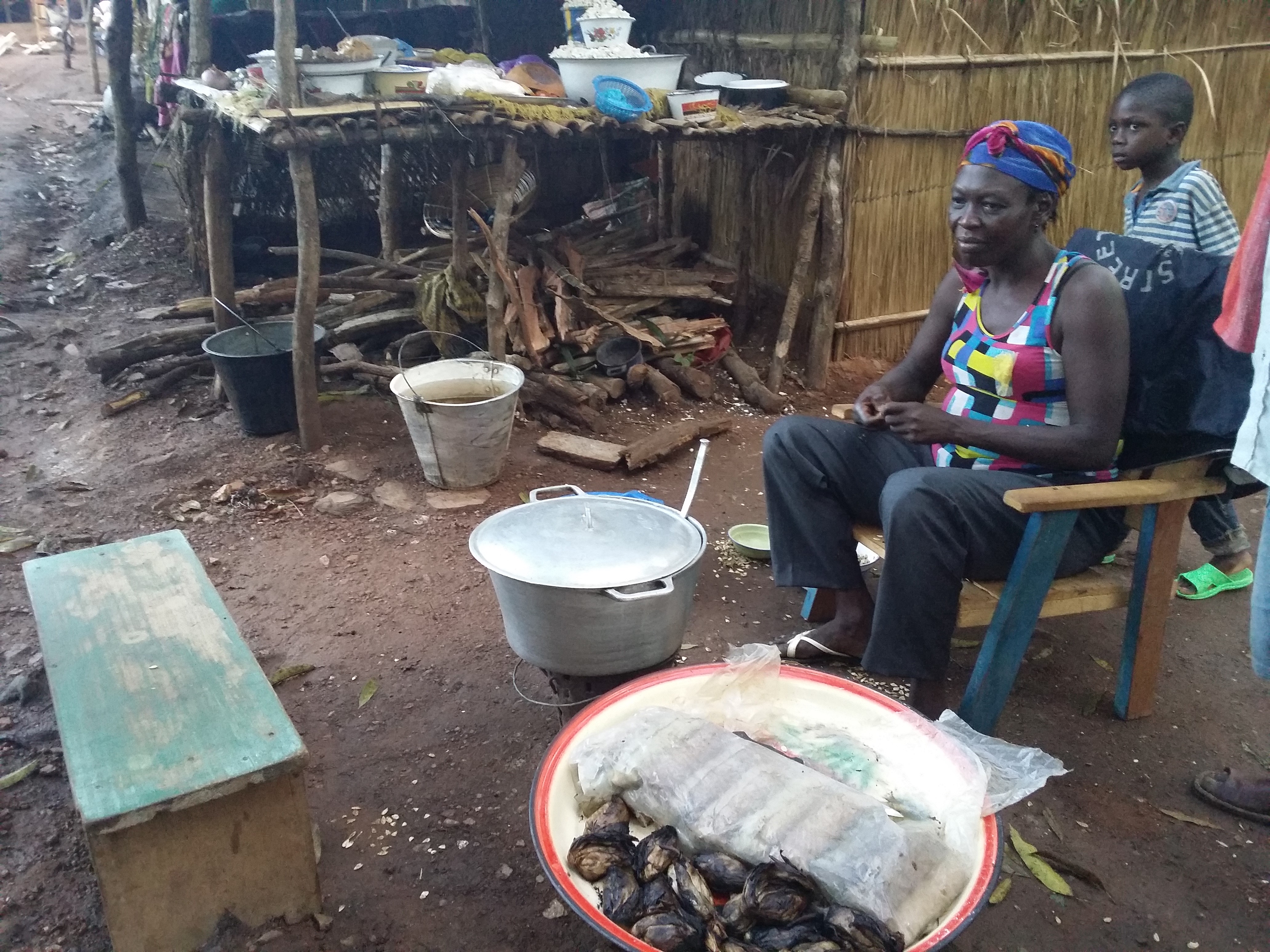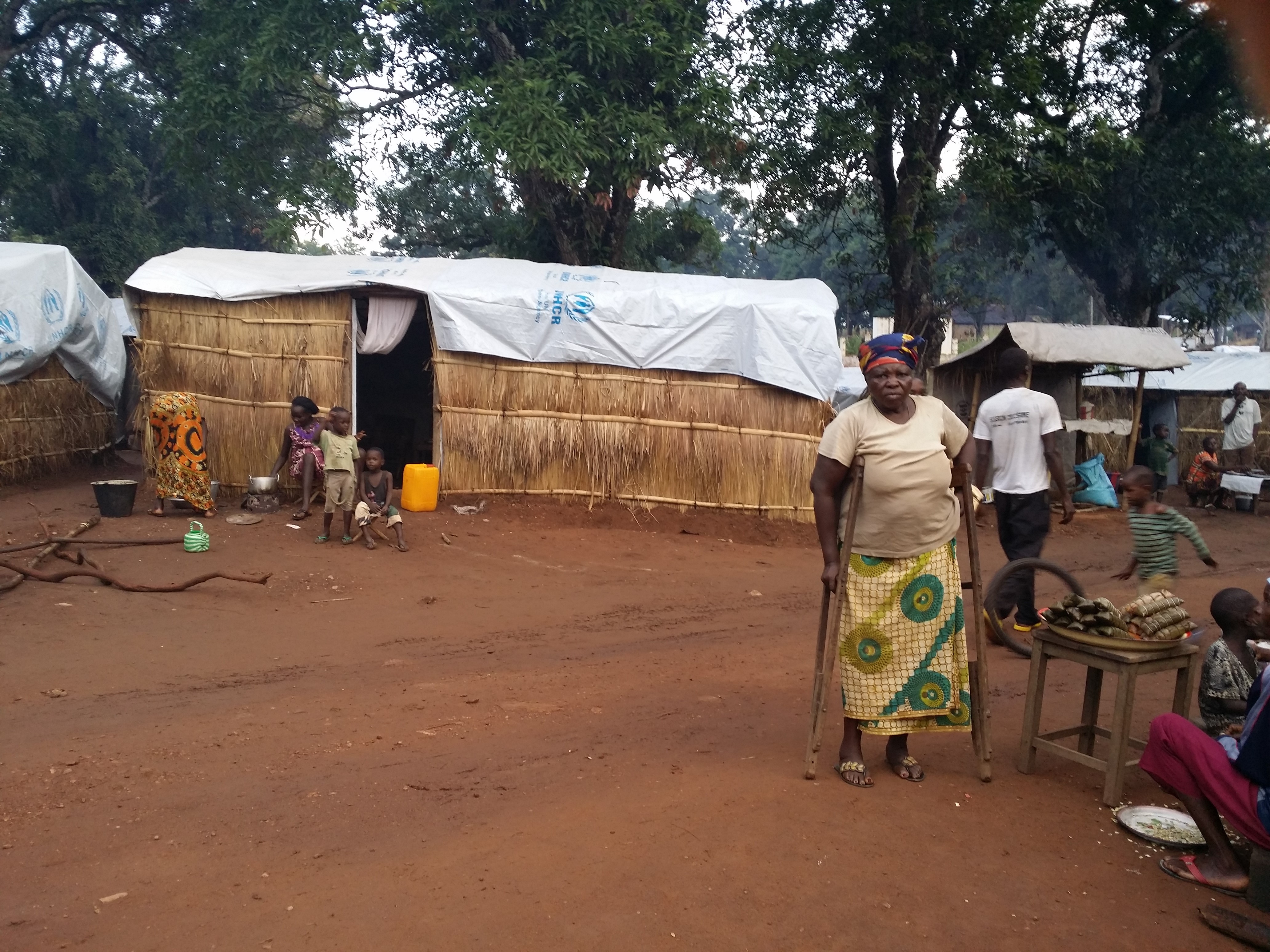Finland supports UNHCR’s emergency work in several refugee crises
Finland has contributed EUR 8.7 million to UNHCR, of which EUR 4.5 million for the Syria crisis, EUR 2 million to the Central African Republic (CAR) crisis and EUR 2.2 million to the South Sudan crisis. In South Sudan new heavy fighting between government forces and rebel troops erupted in July 2016 and in September, the number of South Sudanese refugees sheltering in neighbouring countries passed the 1 million mark.

Disabled twins Semo and Seto Abu, fled their home in South Sudan to Abossi settlement in Bambouti, Central African Republic. ©UNHCR/Patience Ntemgwa
More than 185,000 people fled South Sudan since fresh violence erupted in July. Most of those fleeing are women and children. They include survivors of violent attacks and sexual assaults, children that have been separated from their parents or travelled alone, disabled persons, elderly and people in need of urgent medical care. Simultaneously, more than 1.6 million people are displaced inside South Sudan.
With the support from Finland, UNHCR and partners have been able to provide urgently needed humanitarian assistance, such as food, shelter, medical aid and sanitation facilities to refugees in neighbouring Sudan, Uganda and CAR and to displaced persons in urgent need inside South Sudan.
The funding from Finland has reached South Sudanese children as Semo and Seto Abu. The two disabled and orphaned 10 year old brothers fled their home when their village was attacked and managed to seek refuge in CAR, despite travelling alone. Their father died from a snake bite while farming his fields and their mother was kidnapped during an earlier cycle of violence.
“Armed people attacked our village in Source Yubu in November. We fled and spent several days on the road, and finally arrived here, where a family friend took us in,”
Semo, 10, South Sudanese child who found refuge in CAR
When the brothers arrived in Bambouti, they came across an old friend of their parents, who has taken them into his refugee shelter and is looking after them alongside his own seven children.
To ensure the protection of refugees arriving in CAR, UNHCR and partners register refugees, identify people with special needs and train Government officials. In CAR, UNHCR is particularly concerned with child protection, and is ensuring that orphaned and disabled children like Semo and Seto are identified and that safe environments for children are established.
“The presence of several unaccompanied minors among the refugees in Bambouti is a big concern. We have made sure that they received special attention. Starting in mid-June, we will carry out a fuller registration of these refugees, while also identifying host families in the community in Bambouti who can provide a home for them.”
Lazare Kouassi Etien, UNHCR Representative in CAR
The original population of Bambouti was approximately 950 people. Today the village is also home to more than 10,000 South Sudanese refugees, straining local resources, hence UNHCR and partners provide assistance not only to the refugees, but also to the host community.
Finland’s contribution to the South Sudan situation is crucial and life-saving. UNHCR is calling on donors to provide USD 701 million for South Sudan refugee operations, of which only 20 per cent has been funded as of 16 September 2016.
Read more about Semo and Seto Abu and the the South Sudan crisis
UNHCR is almost entirely funded by voluntary contributions, mostly from governments. In 2015, Finland ranked as UNHCR’s 18th largest donor with EUR 25.1 million (USD 29.5 million) contributed. With Finland’s thematic focus on people with disabilities, Finland’s funding is reaching some of the most marginalized and vulnerable people worldwide.
In June 2015, the Government of Finland participated in a UNHCR donor mission to CAR, to monitor Finland’s support to UNHCR’s work in CAR and to get an overview of the humanitarian situation. Not only is CAR currently receiving South Sudanese refugees in urgent need, CAR is at present one of the largest forgotten humanitarian crises, with almost 900,000 people from CAR forcibly displaced since the outbreak of violence in December 2013; almost 400,000 internally displaced persons (IDPs) and 460,000 refugees who have fled to Cameroon, Chad, DRC and Congo. The government officials visited several IDP sites and a refugee camp, monitoring the assistance provided by UNHCR and partners, but also witnessing the harsh situation IDPs and refugees are facing.




